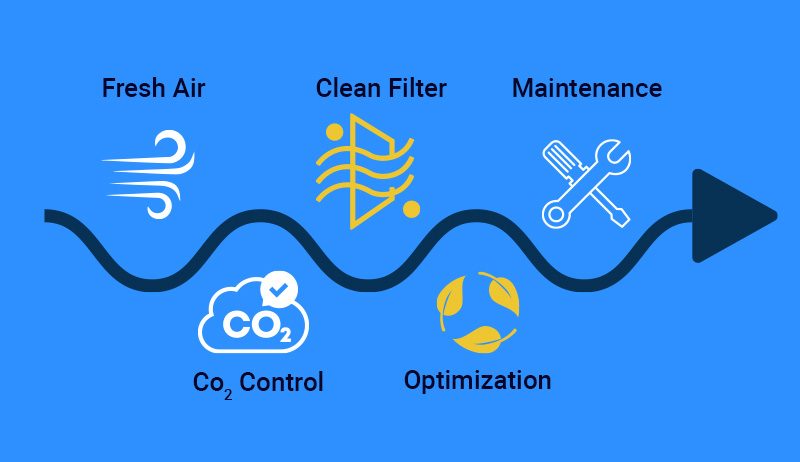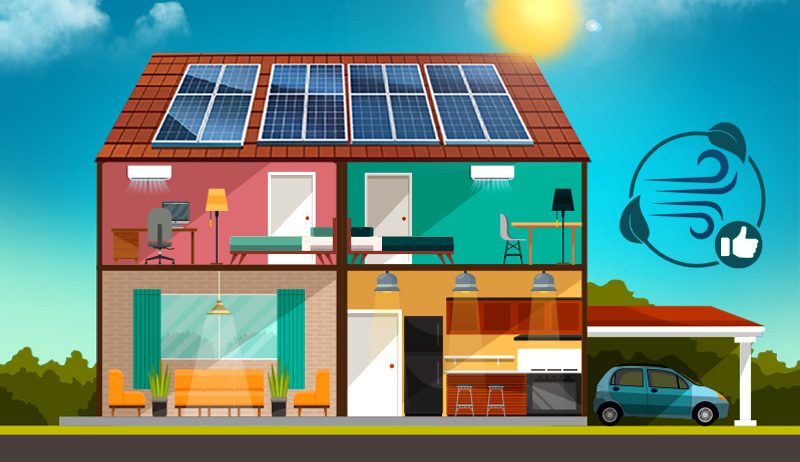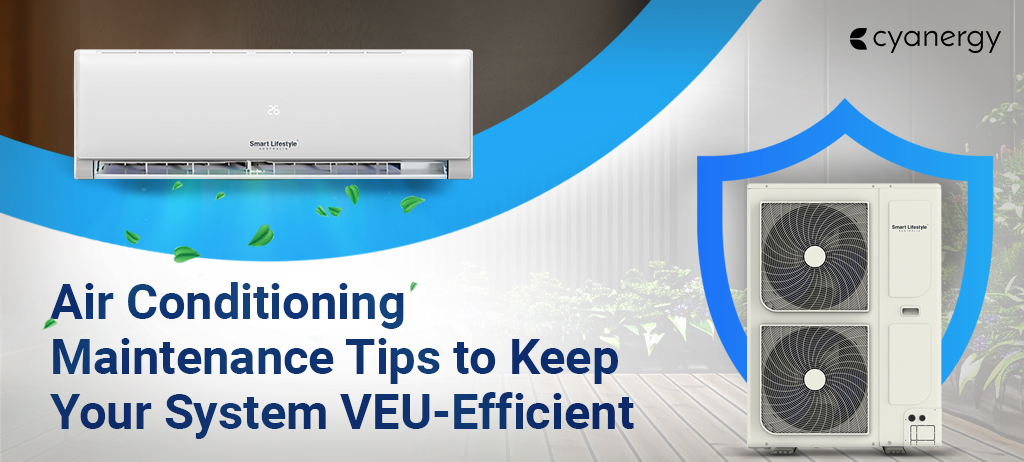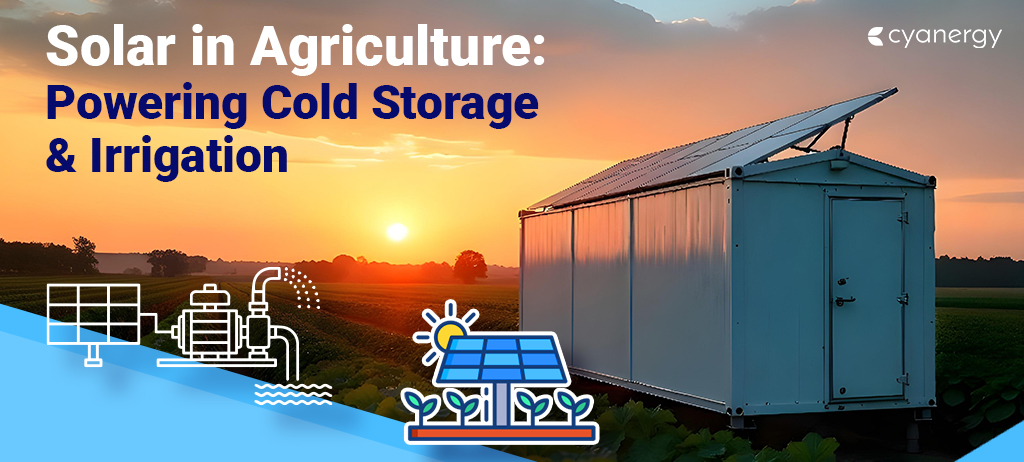Taking care of indoor air quality (IAQ) is essential for building managers and those who use the building. Poor IAQ can lead to health problems like breathing, allergies, and asthma. It can also reduce work efficiency and damage the building itself.
So, how to improve indoor air quality while maintaining energy efficiency?
However, improving IAQ often means using more energy, which can increase emissions and costs. This article offers ways to boost IAQ while cutting emissions and saving on energy bills.
Use Demand-Controlled Ventilation (DCV) Systems
Sensing the Need:
Adjusting Airflow:
Improving Air Quality:
Energy Efficiency:
Because the system only increases ventilation when necessary, it doesn’t waste energy by over-ventilating empty or lightly used spaces. This smart adjustment helps decrease energy costs while maintaining good indoor air quality.
In short, DCV systems ensure the right amount of fresh air inside a building to keep the air clean and healthy, adjusting automatically based on real-time needs.
DCV systems adjust how much air comes in based on sensors that detect indoor air quality or the number of people in a room. For instance, CO2 sensors can help monitor air quality from people.
When a room is empty, the system lowers the ventilation to save energy. When people are present, ventilation is increased to keep the air healthy.
However, CO2 sensors may miss other indoor pollutants like those from building materials and furniture. In places where human presence isn’t the main source of pollution, CO2-based systems might not provide enough ventilation.
How Energy-Efficient HVAC Systems Improve Home Indoor Air Quality

Better Filtration:
Consistent Air Flow:
Humidity Control:
Efficient Ventilation:
Less Energy Use, Less Pollution:
Smart Controls:
Many energy-efficient HVAC systems have smart thermostats and controls that allow you to monitor and adjust the system to maintain optimal air quality. You can set the system to run when needed, ensuring consistent air quality without wasting energy.
In summary, energy-efficient HVAC systems enhance your home’s indoor air quality by providing better filtration, consistent airflow, effective humidity control, efficient ventilation, and using smart technology to manage the system.
This leads to a healthier, more comfortable, cost-effective, and environmentally friendly living environment.
The Importance of Energy-Efficient HVAC Systems for Home Air Quality
Good air quality inside your home is important for your health and comfort. One way to keep the air clean is by using an energy-efficient HVAC (Heating, Ventilation, and Air Conditioning) system.
Here’s why it matters:
Health Benefits:
Comfort:
Cost Savings:
Environmental Impact:
Longer Lifespan:
Energy-efficient HVAC systems are designed to last longer and need fewer repairs. This means you’ll save money on maintenance and replacement costs over time.
In summary, energy-efficient HVAC systems are a smart choice for your home. They improve air quality, enhance comfort, save money, protect the environment, and last longer. Investing in a good HVAC system means better living conditions for you and your family.
What Can You Do More for Better Air Quality?

Install air-cleaning technology
Air purifiers, electrostatic filters, and UV germicidal lights can help remove harmful particles and other toxins from the air. These devices also reduce the spread of viruses and bacteria, including COVID-19, making buildings healthier and more comfortable.
Although they can’t remove all pollutants, they significantly improve indoor air quality. Professionals can use an Indoor Air Quality Monitor to check how well these devices work. This handheld tool measures particles and gases, offering a flexible and customizable way to ensure optimal indoor air quality.
Use Green Roofs and Walls
Green roofs and walls, which are covered with plants, help absorb carbon dioxide and other pollutants from the air. They act as natural filters, improving indoor air quality and reducing energy usage.
These green spaces also provide insulation, cutting down the energy needed for heating and cooling. Green roofs can lower energy demand on upper floors by up to 20% by reducing the need for cooling.
Implement Smart Building Technologies
Smart technologies can detect air pollutants and adjust ventilation to maintain good air quality. IAQ Monitors can track particulate matter and various gases, providing data that can be viewed and analyzed.
Automated blinds and lighting systems can also save energy by adjusting based on time of day and occupancy. Integrating these technologies, including IoT and Building Management Systems, helps improve indoor air quality while reducing energy consumption.
Use Energy-Efficient Lighting, Insulation, and Windows
Upgrading to energy-efficient lighting, insulation, and windows can lower energy costs and improve indoor air quality. LED bulbs use less electricity and produce less heat, reducing cooling needs.
Good insulation and energy-efficient windows prevent heat loss or gain, keeping temperatures stable. This reduces humidity and prevents mold growth, enhancing comfort and air quality while saving on energy bills.
Use Renewable Energy Sources
Switching to renewable energy sources like solar, wind, geothermal, and hydropower can cut energy costs and improve indoor air quality.
These sources reduce reliance on fossil fuels and don’t produce harmful emissions, making the environment and indoor air cleaner and healthier. Using renewable energy offers economic and environmental benefits for building owners and occupants.
Encourage sustainable practices
Building managers can promote sustainable habits among occupants, such as using public transportation or carpooling, to lower energy costs and improve indoor air quality.
Using energy-efficient appliances, installing insulation, and maximizing natural light can significantly reduce energy consumption and costs.
Sustainable practices like eco-friendly cleaning products, proper ventilation, and reducing indoor pollutants are key to a healthy and comfortable living environment.
Extra Tips That Can Help With Better Air Quality

Here are nine tips to help you breathe easier:
Ventilation is Key: Ensure your home gets a steady supply of fresh air and removes stale air.
Mechanical Ventilation: Use devices like energy recovery ventilators (ERVs) or heat recovery ventilators (HRVs) to exchange indoor and outdoor air while saving energy efficiently.
Window and Door Management: Open windows and doors regularly to let fresh air in, especially during mild weather. Use screens to keep insects out.
Regular HVAC Maintenance: Keep your heating, ventilation, and air conditioning (HVAC) system in good shape for better air quality.
- Change air filters every three months or as recommended, maintaining airflow and efficiency.
- Clean filters prevent allergens and dust from spreading through your home.
Regularly Vacuum Carpets and Rugs: Clean carpets and rugs weekly, especially if you have pets, to reduce pet dander and dust buildup. Also, clean drapes, bedding, and cluttered areas often.
Use Vents to Remove Cooking Fumes: Use exhaust fans to eliminate fumes, moisture, and odors while cooking. Although they can be noisy, they help keep the air clean.
Control Humidity: Dehumidifiers reduce moisture, which can carry bacteria and mold. Use exhaust fans in bathrooms and kitchens year-round to keep humidity in check.
Add Air-Purifying Plants: Certain indoor plants like snake plants, aloe vera, and pothos can help clean the air by removing dust and germs. These plants are low-maintenance and add beauty to your home.
Keep Harmful Toxins Out: Be cautious with unvented gas fireplaces, as they can release harmful toxins. If you smoke, do it outside to keep indoor air clean.
Test for Radon: Check your home for radon, a natural radioactive gas that can be harmful. Radon test kits are available at hardware stores and online.
Get a Professional Assessment: Consider an energy audit with an indoor air quality evaluation. Professionals can offer specific advice for your home.
Following these tips, you can maintain a healthy indoor environment and enjoy an energy-efficient home. If you have questions or need more guidance on improving indoor air quality, contact Cyanergy!







